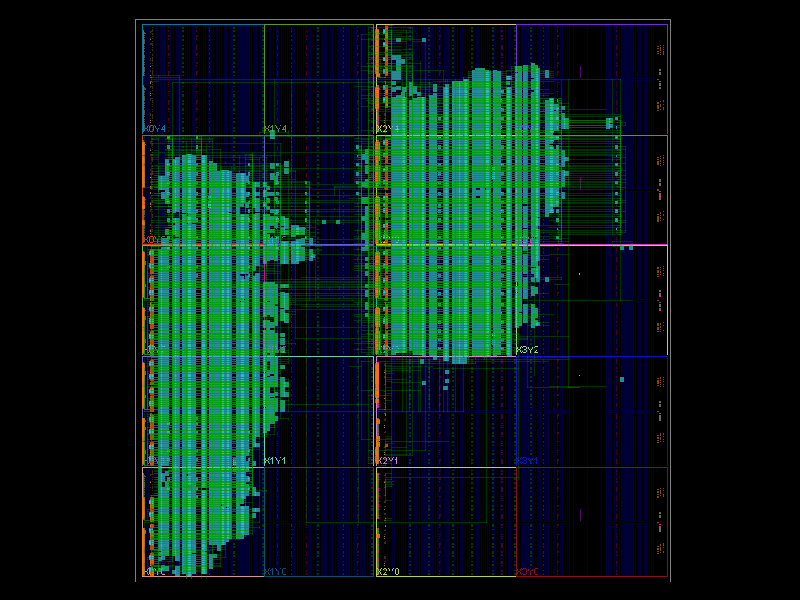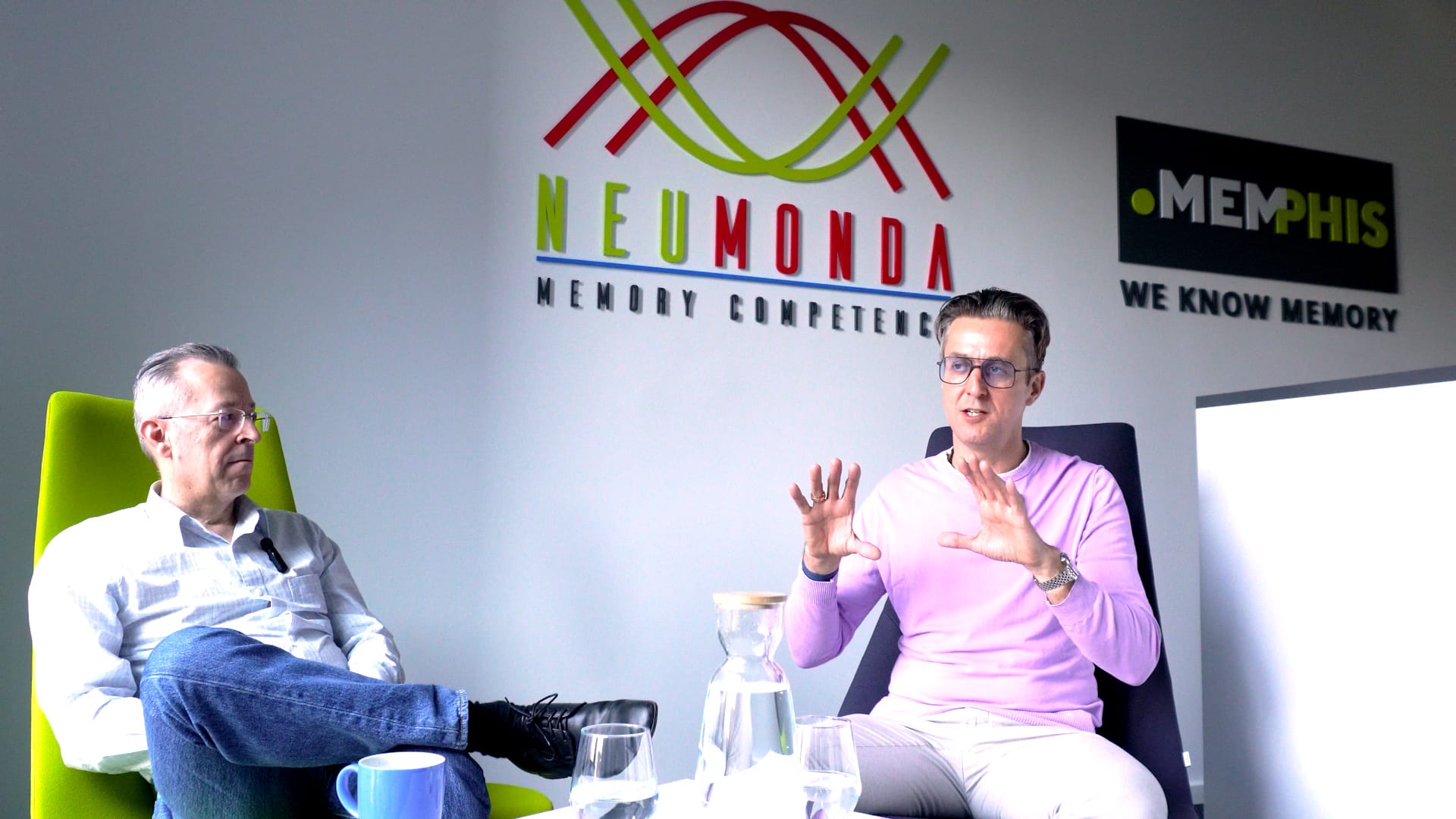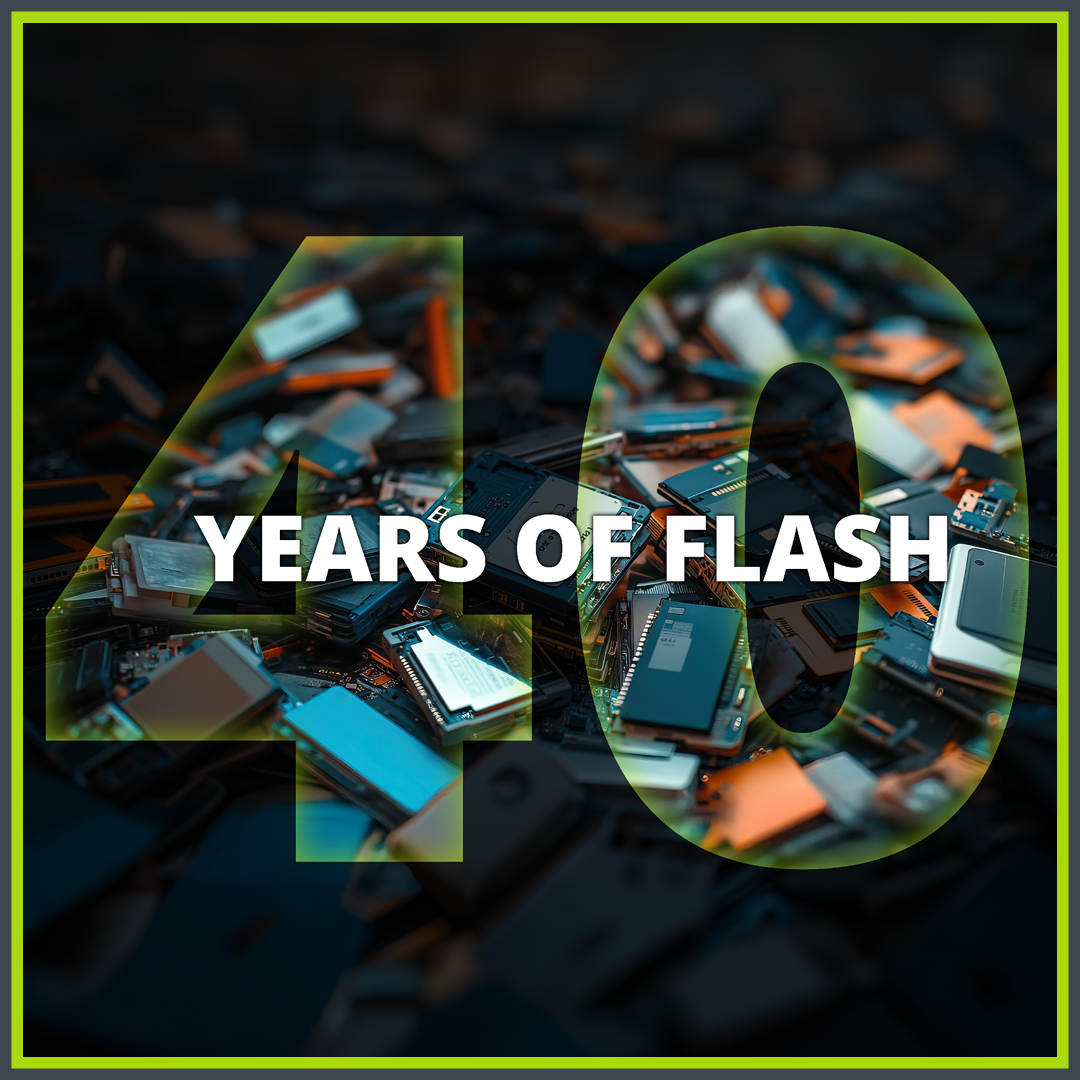Qualification and testing of semiconductor components is one of the most expensive and complicated parts in the manufacturing process of memory ICs. Due to the size, complexity and costs of the equipment, only few companies can afford to implement test capabilities. And those who do, need to test high volumes to recoup the investment, which means that test times need to be short and usually only cover the requirements of consumer or standard industrial applications that buy large volumes of one product. This often means that the requirements of smaller volume customers like an extended temperature range are not covered. In addition, secret circuitry is added to the memory chips to make them effectively testable by the expensive test equipment such that fabless companies and third parties are practically excluded from testing them and support specialty applications.
However, there are errors in DRAM technology that only arise in longer run times, like for example, variable retention time induced fails or signal integrity issues. Testing for several hours or even days can eliminate the risk of costly recalls of failing memories once they are widely deployed.
Furthermore, every manufacturer has its own proprietary test models to identify weaknesses. But of course, these methods and weaknesses are never disclosed.
To solve these pain points, Neumonda Technology has developed its new Rhinoe tester. It has been designed to conduct vendor-independent tests that also simulate the actual environment in which the DRAM memory is going to be used in to predict potential failures much more accurately. All this at a fraction of the costs of traditional testers. This is unique in the market.
Small but powerful
The Rhinoe tester is significantly smaller than any other test equipment in the market, taking up only a quarter of a square meter, and it costs significantly less compared to traditional testers (approx. 1,000 times lower investment). This, combined with a 100-time reduced energy consumption, for the first time makes it cost-efficient to test DRAMs for several hours or days to get reliable long-term performance results.
One test board consists of 6 individual tiles with an FBGA and a Raspberry Pi on one side and up to 32 sockets or alternatively 4 memory module slots for DRAMs on the other side.
DRAMs are placed in the sockets and then the board runs the various tests, from burn-in to temperature ranges and guard banding without having to unload the DRAMs in a new test platform at the risk of damaging the ball pins. In this radically new approach, and due to the small size of the tester, the factory flow of testing can be altered. Now it is no longer required to move the memory components to the stationary test equipment that often weighs several tons, but the small and lightweight tester can move with loaded memory components through the factory. The components need to be loaded only once on the tester board and during the production flow stay solidly connected on the board while all processing steps are executed.
In conventional memory testing components are loaded and unloaded up to 7 times for the different test steps like burn-in, array-test and speed test at various temperatures. This process damages the package balls and is prone to accidentally mixing up semiconductor components during this traditional test flow.
The tests that the Rhinoe tester runs are based on Neumonda patented IP which does not require any wafer-related IP or insights in the proprietary test modes of the memory manufacturer.
Application specific testing
DRAM was invented 55 years ago for PCs. Today there’s hardly an industrial or embedded application that doesn’t use DRAMs. With its ubiquitous use, the requirements have grown more complex and sophisticated.
The Rhinoe tester simulates the specific environment to show how well a DRAM will perform in the target application. This is primarily important during qualification. But since acquisition and operating costs are much lower, long-term testing is also possible to weed out faulty components. Voltage dips or crosstalk, for example, are faults that only appear after several hours in operation. And because the test environment does not require proprietary information on wafer suppliers' test procedures, DRAMs can still be tested long after the wafers have been discontinued.
Vendor independent testing
With the Rhinoe tester Neumonda Technology has helped customers to develop, qualify and test memory components for highly demanding applications like avionics or aerospace when they couldn’t find the product they needed in the market any longer.
But the Rhinoe tester will also revolutionize the error analysis in case a DRAM fails. Currently, if a DRAM fails, the problem is described and then the actual manufacturer tries to replicate the error in their test facilities. If it’s a small volume industrial customer, this type of error detection is not a high priority, and it can take quite sometime until they have testing capacity available to look into the claim.
The Rhinoe tester doesn’t require any IP from wafer suppliers or any knowledge of a manufacturer’s specific tests. It is also not necessary to wait and free a massive tester from the production floor for analysis purposes. Within 48 hours Neumonda can usually run a 12h analysis program from -55C to +125C and quickly characterize and identify the root cause of a DRAM failure regardless of the actual manufacturer. With these insights, equipment manufacturers can react much faster and replace a faulty product in their manufacturing process eliminating future claims quickly and efficiently.
It is also a huge opportunity for fabless memory manufacturers to speed up the time to market for their products. These types of manufacturers have to book test capacities with service providers, which are expensive and often booked out far in advance. With the Rhinoe tester, fabless manufacturers can qualify their new products within 3 months instead of one year.
Long term testing and qualifying
Furthermore, the Rhinoe tester is a much-needed tool to test DRAMs that are needed for 30 or more years, a common requirement in industries like avionics, defense or aerospace. Long term availability comes with two challenges: the stocking and storing and the testing.
Pre-manufactured components need to be checked on in regular intervals as the sealed packages only protect them from humidity for a certain amount of time. Typically packages are checked, and if it has reached the end of its lifecycle, chips are drybaked to remove the humidity and sealed again. This can only be done for a limited number of times. So components that are needed for several decades are commonly procured as pre-fabricated dies or even wafers. The actual components are only manufactured nearer to the time they are needed.
But then companies face the risk that the equipment that can actually test those components is no longer available. With manufacturers moving to new memory generations every couple of years, the testing equipment is also updated and modernized.
The tester has another advantage. In times of allocations, manufacturers sometimes buy components from dubious sources to avoid a production shutdown. In such cases, the DRAMs purchased can be tested to ensure that they actually meet the desired quality requirements.
With opportunity comes change
Making testing cost-effective enough to enable hour-long testing in application-specific environments, will enable a whole new approach to application design. If components can be validated thoroughly for the specific use they are targeted for, applications will run much more reliably and stable, significantly enhancing product quality and reducing failures and after-sales support.
Author: Peter Pöchmüller, CEO of Neumonda




